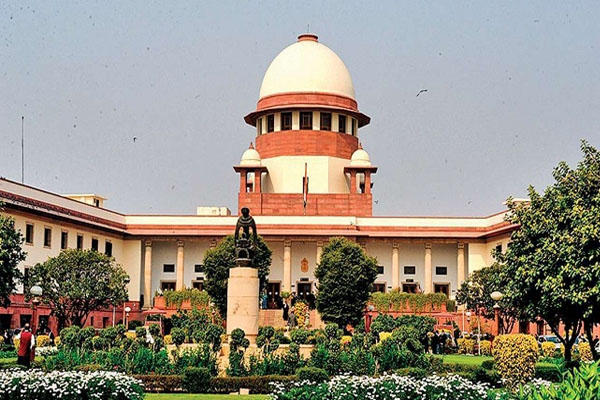
In a significant legal development, the highest judicial authority of India, the Supreme Court, is poised to address a crucial plea concerning the demolition in the vicinity of Krishna Janmabhoomi. This landmark case has captured the attention of the nation, as it touches upon matters of cultural heritage, religious sentiment, and urban planning. As the case unfolds, it has the potential to shape future legal precedents and offer insights into the delicate balance between tradition and progress.
A Glimpse into the Case
The case revolves around the proposed demolition near the revered site of Krishna Janmabhoomi. This site, holding immense religious significance for millions, has been a focal point of devotion and pilgrimage for generations. The plea before the Supreme Court contends that the proposed demolition poses a threat to the sanctity and historical value of the area.
Legal Perspectives
Preservation of Heritage
One of the primary arguments put forth in the plea is the preservation of cultural heritage. The site surrounding Krishna Janmabhoomi is steeped in history, architecture, and spiritual heritage. The demolition of structures in close proximity could potentially lead to the loss of invaluable historical artifacts and architectural marvels.
Freedom of Worship
The freedom to practice one’s religion is a fundamental right enshrined in the Indian Constitution. The plea emphasizes that any alteration to the surroundings of Krishna Janmabhoomi should not impede individuals’ right to worship and access the sacred site. Balancing urban development with religious freedoms is a task that requires careful deliberation.
Environmental Implications
Apart from cultural and religious dimensions, the case also addresses environmental concerns. The proposed demolition could have ecological repercussions, leading to issues such as habitat disruption and potential strain on resources. It underscores the need for sustainable development that takes into account both cultural and environmental sensitivities.
Historical and Cultural Significance
A Pilgrimage of Faith
Krishna Janmabhoomi holds a cherished place in Hindu mythology as the birthplace of Lord Krishna, a revered deity. The site has been a site of pilgrimage for centuries, attracting devotees from all corners of the nation and beyond. Its historical and spiritual significance cannot be overstated.
Architectural Grandeur
The architecture surrounding Krishna Janmabhoomi is a testament to the craftsmanship of bygone eras. Intricate carvings, majestic temples, and sacred monuments stand as witnesses to the artistic prowess of earlier generations. Preserving these structures is preserving a link to the past.
Balancing Tradition and Progress
The case before the Supreme Court highlights the ongoing struggle between upholding tradition and embracing progress. As India continues to urbanize and modernize, finding the equilibrium between preserving heritage and accommodating contemporary needs becomes a complex task.
The Road Ahead
As the nation awaits the Supreme Court’s deliberation on this pivotal case, the outcome is likely to set a precedent for similar conflicts that may arise in the future. Striking a balance between religious sentiment, cultural heritage, and urban development is a challenge that requires thoughtful consideration and respect for diverse viewpoints.
Conclusion
The Supreme Court’s decision in the matter of the proposed demolition near Krishna Janmabhoomi has far-reaching implications. It goes beyond the legal sphere, touching the hearts and minds of millions who hold the site dear. As the case continues to unfold, it serves as a reminder of the intricate interplay between law, culture, and progress in a vibrant and diverse nation.
In a world where change is constant, it is imperative to find ways to honor the past while stepping into the future. The Krishna Janmabhoomi case embodies this quest and invites us to reflect on the values we hold dear and the legacy we wish to leave for generations to come.



